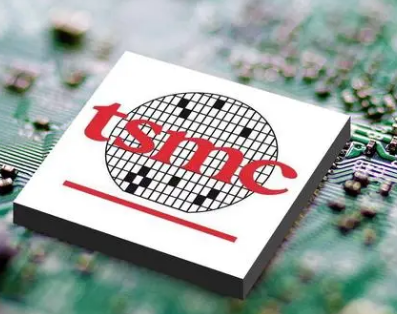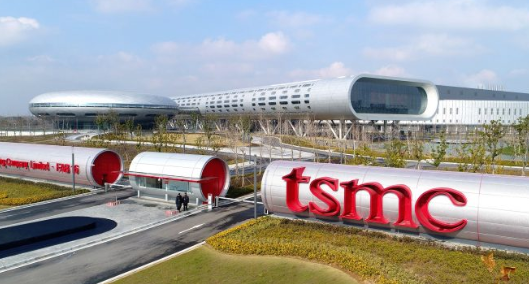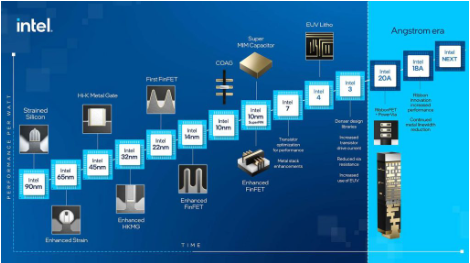TSMC Intensifies Silicon Photonics R&D, Rumored Collaboration with Broadcom and NVIDIA
According to a report by Economic Daily, AI is driving a massive demand for data transmission, and silicon photonics and Co-Packaged Optics (CPO) have become new focal points in the industry. TSMC is actively entering this field and is rumored to be collaborating with major customers such as Broadcom and NVIDIA to jointly develop these technologies. The earliest large orders are expected to come in the second half of next year.

TSMC has already assembled a research and development team of over 200 people, aiming to seize the business opportunities in the emerging market of ultra-high-speed computing chips based on silicon photonics, which are expected to arrive gradually starting next year.
Regarding these rumors, TSMC has stated that they do not comment on customer and product situations. However, TSMC has a high regard for silicon photonics technology. TSMC Vice President Douglas Yu recently stated publicly, “If we can provide a good silicon photonics integration system, it can address two key issues: energy efficiency and AI computing capability. This could be a paradigm shift. We may be at the beginning of a new era.”
Silicon photonics was a hot topic at the recent SEMICON Taiwan 2023 with major semiconductor giants like TSMC and ASE giving related keynote speeches. This surge in interest is mainly due to the proliferation of AI applications, which have raised questions about how to make data transmission faster and achieve signal latency reduction. The traditional method of using electricity for signal transmission no longer meets the demands, and silicon photonics, which converts electricity into faster optical transmission, has become the highly anticipated next-generation technology to enhance high-volume data transmission speeds in the industry.
Industry reports suggest that TSMC is currently collaborating with major customers like Broadcom and NVIDIA to develop new products in the field of silicon photonics and Co-Packaged Optics. The manufacturing process technology ranges from 45 nanometers to 7 nanometers, and with mass production slated for 2025. At that time, it is expected to bring new business opportunities to TSMC.
Industry sources reveal that TSMC has already organized a research and development team of approximately 200 people. In the future, silicon photonics is expected to be incorporated into CPU, GPU, and other computing processes. By changing from electronic transmission lines to faster optical transmission internally, computing capabilities are expected to increase several tens of times compared to existing processors. Currently, this technology is still in the research and academic paper stage, but the industry has high hopes that it will become a new driver of explosive growth for TSMC’s operations in the coming years.
在线留言询价

TSMC Expected to Lower Capital Expenditure, Potentially Falling Below $30 Billion for the Year
- 一周热料
- 紧缺物料秒杀
| 型号 | 品牌 | 询价 |
|---|---|---|
| CDZVT2R20B | ROHM Semiconductor | |
| TL431ACLPR | Texas Instruments | |
| RB751G-40T2R | ROHM Semiconductor | |
| MC33074DR2G | onsemi | |
| BD71847AMWV-E2 | ROHM Semiconductor |
| 型号 | 品牌 | 抢购 |
|---|---|---|
| TPS63050YFFR | Texas Instruments | |
| BP3621 | ROHM Semiconductor | |
| BU33JA2MNVX-CTL | ROHM Semiconductor | |
| STM32F429IGT6 | STMicroelectronics | |
| ESR03EZPJ151 | ROHM Semiconductor | |
| IPZ40N04S5L4R8ATMA1 | Infineon Technologies |
AMEYA360公众号二维码
识别二维码,即可关注



























